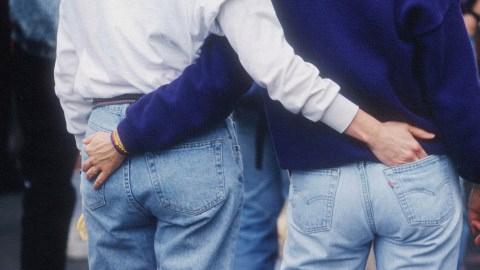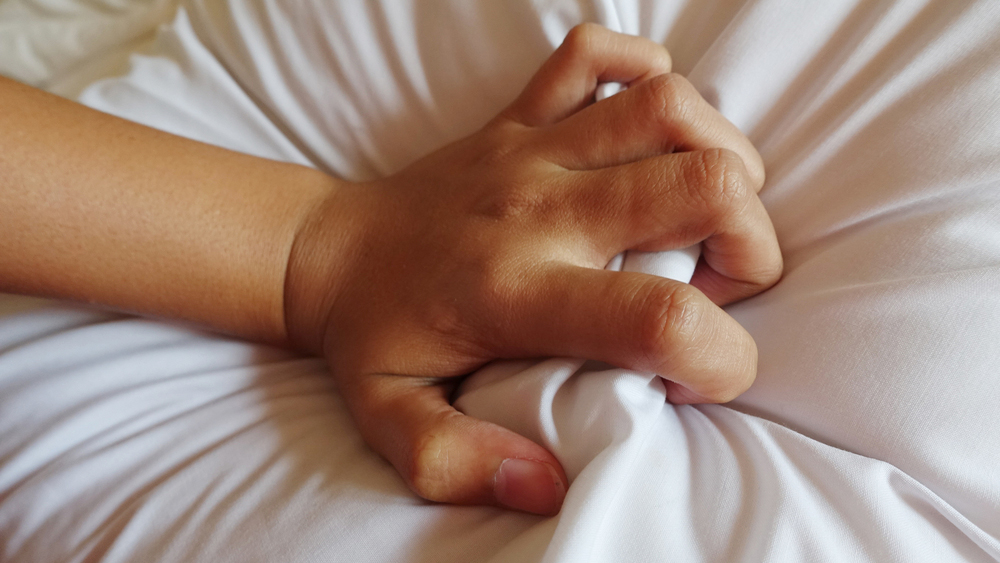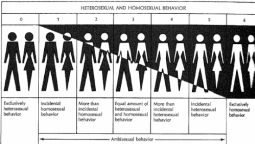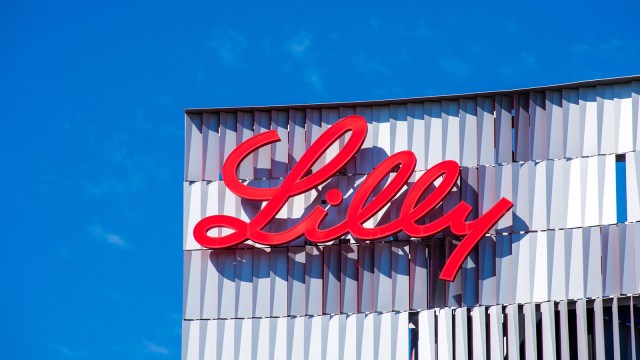Bisexuality has nearly quadrupled in the U.S.

- A new study published in the Journal of Sex Research shows that bisexuality — being attracted to or engaging in sexual behavior with people of both sexes — has tripled in the U.S. over the past three decades.
- Bisexuality is generally considered an invisible sexual orientation because bisexual individuals are often in monogamous relationships, so they simply appear either hetero- or homosexual.
- The upward trend in bisexuality in America seems set to continue, as over 6% of 18-29 year-olds but fewer than 2% of respondents over age 40 identified as bisexual in the latest data.
A new study published in the Journal of Sex Research shows that bisexuality — being attracted to or engaging in sexual behavior with people of both sexes — has tripled in the U.S. over the past three decades.
University of Portland undergraduate student Sophia Neuweiler initiated the research for her senior thesis. She teamed up with Martin Monto, a professor of sociology specializing in gender and sexuality, to analyze data from the General Social Survey (GSS). Conducted by the National Opinion Research Center at the University of Chicago, the GSS has been used to monitor changes in social characteristics and attitudes among Americans for more than 50 years. Its biennial sample groups are designed to be representative of the demographic and socioeconomic makeup of U.S. households.
A surge in bisexuality
Neuweiler and Monto found that between 1989 and 1994, 3.1% of the 6,354 respondents reported having both male and female sex partners since age 18. Between 2012 and 2018, that rate had climbed to 9.3% among the 6,609 survey takers. Moreover, during the pandemic-affected 2021 survey year, 9.6% of respondents reported partners of both sexes as adults.
Engaging in sexual activities with members of both sexes after age 18 is not necessarily indicative of true bisexuality, however. For example, someone who identifies as gay or lesbian might have had opposite-sex partners in early adulthood before coming out later in life. Thus, the researchers checked to see if there was a corresponding increase in the proportion of Americans who actually identify as bisexual. The GSS began asking respondents about their sexual orientation in 2004. Between then and 2010, 1.2% of those surveyed identified as bisexual. By 2021, the rate had nearly quadrupled, rising to 4.5%.
“Society draws lines around sexual behavior, and these lines, though often in dispute, may move over time,” the researchers wrote. “These changing norms appear to have affected the proportion of people who identify as bisexual and likely also affected actual sexual behavior.”
Neuweiler and Monto note that the increase in bisexuality in the survey data might also stem from a rising willingness to acknowledge it. Same-sex sexual activity has been heavily stigmatized in the U.S. and around the world for the past century. Though such prejudices have lessened of late, the “global closet” is still vast. A 2019 study estimated that five out of six people around the world who identify as lesbian, gay, or bisexual keep their orientations hidden from all or most of the people in their lives.
Bisexuality generally has been considered an invisible sexual orientation because bisexual individuals are often in monogamous relationships, so they simply appear either hetero- or homosexual. Moreover, bisexuality historically has been stigmatized by both heterosexual and homosexual individuals, who have insisted that it’s impossible to be sexually attracted to both sexes. In fact, genital arousal studies show that it is.
Trending
The upward trend in bisexuality in America seems set to continue, as over 6% of 18-29 year-olds but fewer than 2% of respondents over age 40 identified as bisexual in the latest data. Increasing content on social media, podcasts, and TV shows that dispel society’s overarching heteronormativity may be a factor. The abrupt shock of the COVID pandemic may also have played a role. In an interview with the BBC, New York City-based clinical psychologist Jennifer Guttman noted that of her 65 clients, 10 to 12 re-thought their sexuality during the global “reset,” compared to just one who had done so before the pandemic.





